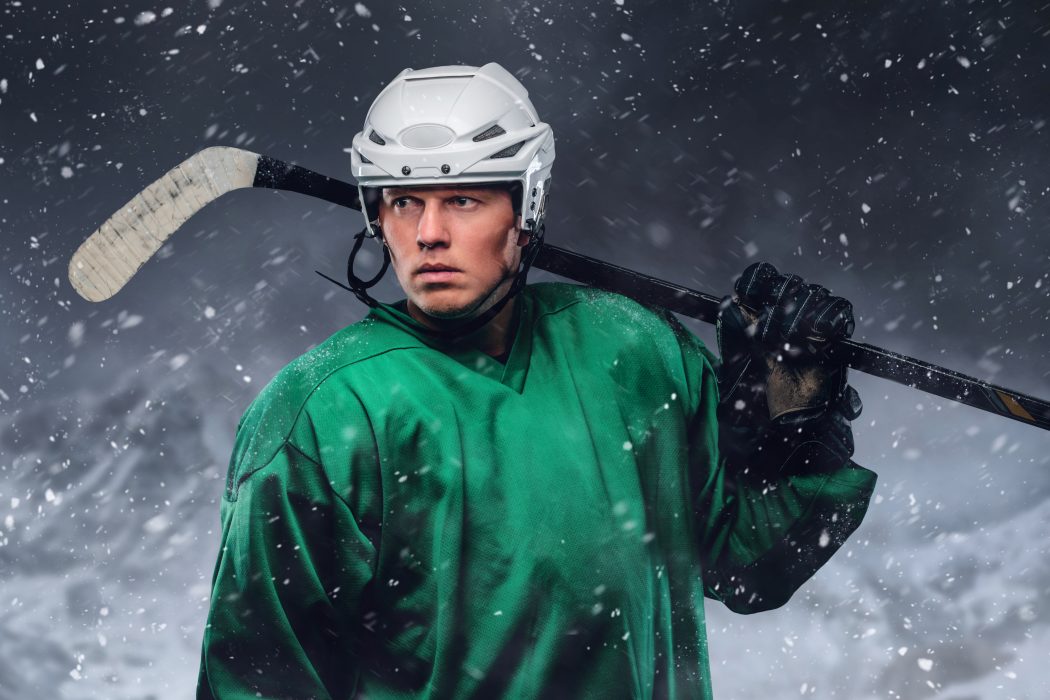Many subjects can be difficult to photograph, but perhaps the most challenging of all is a human being. It’s difficult to capture a person with just the right light, expression, and attitude, but when you do, the resulting portrait will convey more than any inanimate object ever could. Portraits can be complex and evocative, drawing out the subject’s (and viewer’s) emotions, which is probably why a good portrait is considered one of the greatest feats of photography.
There are many ways to take a portrait, but many pitfalls that the portraitist can fall into as well. A poor portrait makes its subject seem uninteresting and bland, while a great portrait is a work of art — just think of the work of Annie Leibovitz and Diane Arbus.
Taking the perfect portrait often takes a bit of luck, but there are many factors you can take control of to get the best shot possible. Here are a few of our tips for getting a dramatic shot.
Light, light, light
Photography is always about light, but in taking portraits, finding the right light is absolutely essential. Are you trying to create a sunny, carefree vibe? Make sure your lighting is soft. Want to give your photo a darker edge? Create some stark shadows. One lighting technique for dramatic shadows is to put a main light source to one side of your subject, illuminating them from the side, then another light behind them and at a 45-degree angle to fill out the other edge of their face. Part of their face will disappear in darkness, a highly dramatic effect. For other lighting ideas, check out this explanation of four essential portrait lighting techniques.
Try heading out to the garage
Even if you don’t have a lot of fancy lights, there are tricks you can use to get great lighting. Nick Francher at Digital Photography School wrote a post about his preferred portrait setup, and it doesn’t use any special lights at all. His method: head to the garage. If you have a shed or garage, you can get away with using the indirect light from the sun outside and avoid complicated lighting setups. Francher places black foam core behind his subject, then he simply moves them closer or further from the light emanating from outside. The results are dramatic shots against a stark black background. Subjects are lit up from the front and beneath, since the ground itself reflects the light back at them. It creates a great dramatic effect that’s not too over-exposed.
Consider composition
The person you’re photographing is obviously the star of the photograph, but don’t let yourself get lazy when considering other elements. What’s in the background? Are you going to use a wider lens and include the person’s surroundings? How are they sitting or standing? All of these things matter when it comes to the finished product. If you think portraits have to be about your subject’s face and nothing else, just remember that Annie Leibovitz once draped a swan around Leonardo DiCaprio’s neck.
Get to know your subject
To truly convey a person’s character, you must know them. So if you’re photographing a stranger, take a few minutes to talk to the person you’re photographing. Find out what their interests and passions are, how they carry themselves, and what makes them tick. Yousuf Karsh, the portraitist who took famous photos of Albert Einstein, Martin Luther King Jr., and Audrey Hepburn said, “Within every man and woman a secret is hidden, and as a photographer, it is my task to reveal it if I can.” That is your task as well. Find the secret that makes your subject captivating.
Look into your subject’s eyes
With your camera, that is. Many compelling portraits make the person looking at them feel like they’re making eye contact with the photograph, and that’s a good thing. Like they say, the eyes are the windows to the soul, and a person’s soul is ultimately what you’re trying to capture in a portrait. Some cameras even have a feature called Eye AF, which identifies and focuses on a person’s eyes. But if you don’t have this feature, you can still make sure you’re focusing in on a person’s face to get the most crystal-clear shot of their eyes possible. If you’re looking for a great lens, we recommend the EF 50mm f/1.8 STM—otherwise known as the “nifty fifty”. A fantastic little lens that is really affordable and will make an incredible difference in your portrait photos. Or, try the EF-S 24mm f/2.8 STM, an affordable wide-angle pancake lens that’s awesome for taking portraits in tight spaces, especially if you’re looking to capture medium shots.
Get creative
Don’t be afraid to get a little unconventional, if that’s what a portrait calls for. Is your instinct telling you to shoot from a strange angle, add a prop, or head into a weird location? Then try it out. With digital cameras, photographers get virtually unlimited shots; so don’t be afraid to try something new. To be safe, you can always get a few traditional portrait shots before you venture into uncharted territory. As with all things, the best advice is to go with your gut.
Also on RNR:

























